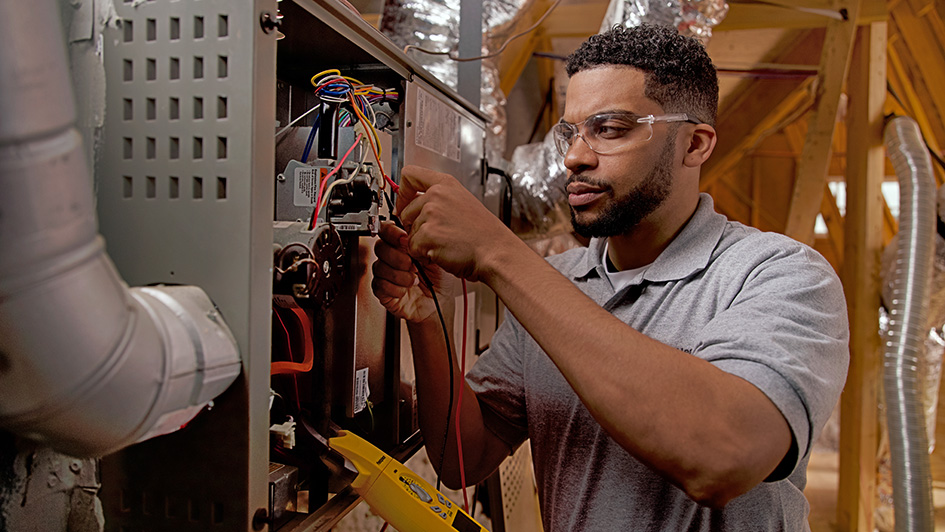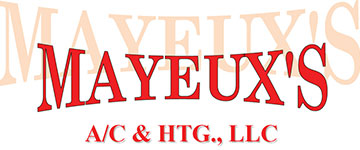
A furnace is often a background player at home, keeping you warm across the cold winter months. It frequently isn't noticed until a malfunction appears.
One source may be that your furnace has a cracked heat exchanger. It can be a safety risk, so it’s important to learn the symptoms of a cracked heat exchanger and what you can do if you are worried that is the problem.
What Is a Heat Exchanger in a Furnace?
A heat exchanger helps move heat from the combustion chamber inside your furnace to the air that flows through the ventilation. It generally accomplishes this through coils or tubes that heat up the air while functioning as a barrier to keep the gasses created in the combustion chamber, called flue gasses, from getting out into your home.
Is a Cracked Heat Exchanger Dangerous?
Because of its key role, it isn't surprising that a damaged heat exchanger can be very dangerous. A damaged heat exchanger can enable dangerous gasses – such as carbon monoxide, which can be lethal – to be distributed through your home.
For that reason, never turn on your heater if you believe there's a crack in the heat exchanger, as doing so could make the whole family sick. Contact an HVAC professional immediately if you think your heating has a cracked heat exchanger that needs repair.
Four Warning Signs of a Cracked Heat Exchanger:
- Furnace switches off: A crack in your heat exchanger could cause your furnace to switch off.
- Odd Smells: If the air escaping your furnace has a powerful chemical smell, it may be an indicator that gasses are seeping through cracks in your heat exchanger. These gasses, which can smell like formaldehyde, are a common warning sign.
- Carbon monoxide alarm is triggered or you feel symptoms of poisoning: If a cracked heat exchanger is relieving carbon monoxide into your home, your carbon monoxide alarm may go off or family members might start experiencing signs of carbon monoxide poisoning. Complications include headaches, dizziness, weakness, nausea, vomiting or feeling sleepy. If the alarm goes off or you feel sick, get out of the home right away and then call for help.
- Soot: If you find black sooty buildup near the exterior of your furnace, it’s an indication something could be seriously wrong.
What to Do if a Furnace Heat Exchanger is Cracked
If you worry your furnace has a cracked heat exchanger, call a pro well versed in furnace installation Norco and surrounding parishes as soon as possible so they can examine your system and, if required, perform a furnace heat exchanger replacement. Costs should fluctuate depending on the situation, but estimates run in the neighborhood of $1,000 to $3,000.
Fortunately, the good news is that heat exchangers are generally included in the warranty. You’ll want to check the warranty paperwork on your furnace, because while the warranty may not cover the entire cost of repairs, it could significantly shrink your bill.
How to Prevent a Cracked Heat Exchanger in Your Home
One of the best ways to avoid problems in your furnace overall is with consistent furnace maintenance. Furnaces offer the most benefits when they work efficiently. Calling a trained professional to examine your furnace for worn-out parts, clogs in the air filters and other potential problems can help you avoid getting a big bill later on.
It’s also beneficial to review your furnace filters every few months – it’s recommended some filters be replaced every 90 days or sooner if they are dirty or grimy. While the filters aren't a part of the heat exchanger itself, the strain of dragging air through a clogged filter makes the entire furnace work longer to accomplish its job. And the harder your furnace works, the more wear and tear parts like the heat exchanger will experience.



